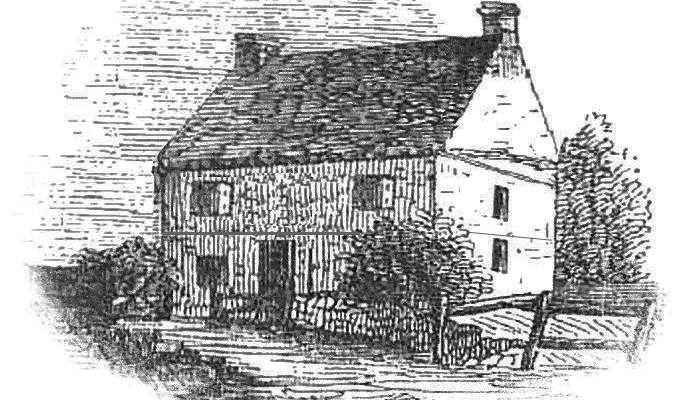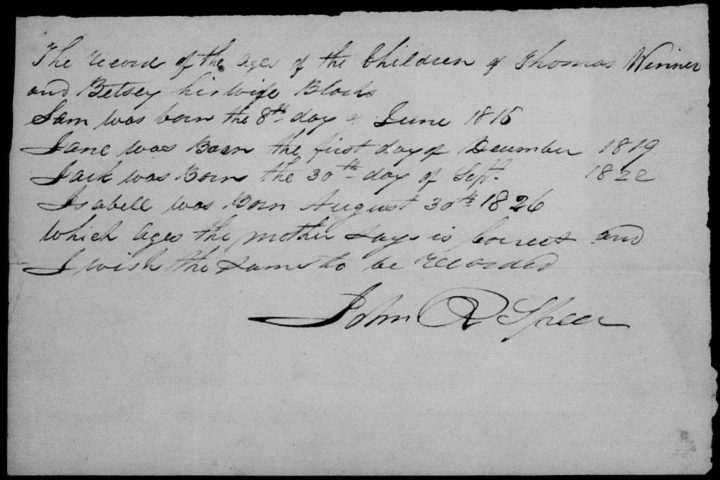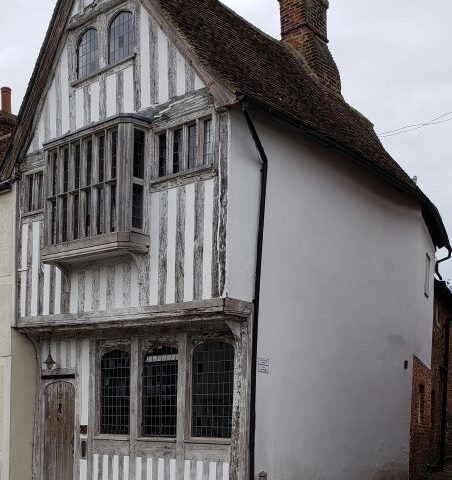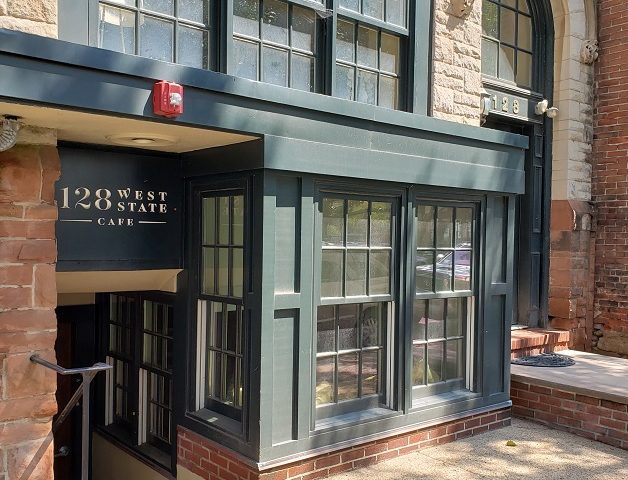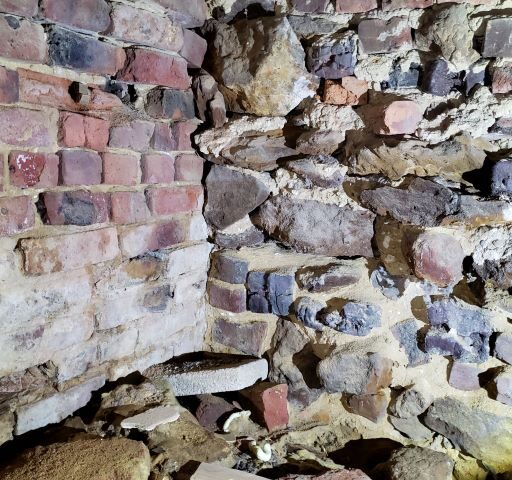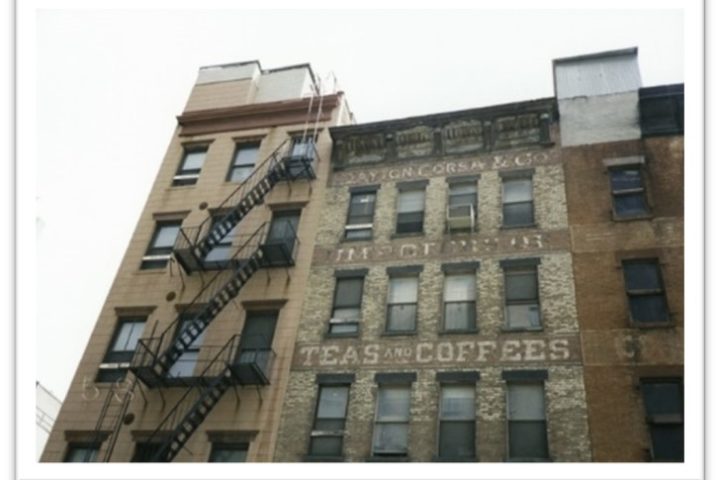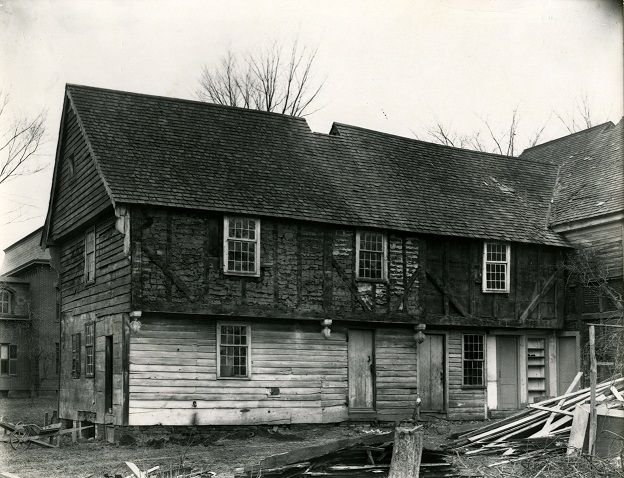{Buildings Archaeology Artifactual Feature Origins Part II — Trenched Timbers} INTRODUCTION The first technique covered in this series of artifactual features used in early American homes by immigrant English carpenters is trenching. In his book entitled English Historic Carpentry, Cecil A. Hewett describes a trench as ‘a square sectioned groove cut across the grain.’...
Author: larnold
The Candy Spite Store
{152 Newark Avenue, Jersey City, New Jersey} Of all the celebrations in the month of June, one which may not be well known is one started in 1974, National Candy Month. No surprise that it was originally started by the National Confectioners Association. It originally was celebrated in the month of January when sales...
Resources for Building the African American Personal Family Narrative
{National and New Jersey African American Genealogy Resources} In honor of Juneteenth, Legacy Roots has compiled a short list of national and local New Jersey genealogy websites that may be instrumental in telling the story of your family’s journey as an African American. While some sites will provide access to sources with names and...
English Origins of Early American Building Techniques – Introduction
{Part 1 – Introduction} Anyone who has owned, cared for, or worked on a historic property can appreciate that the details of a structure’s origins get lost over time. We don’t often know or recall who designed a building, what techniques and materials were used, and even less so, who the individuals were who...
The Look of 2021 & 2022’s Outlook
There aren’t too many people I can think of who can claim this past year as stellar. However, for research and genealogy, we were somehow able to progress even though the repositories had closed or limited their access. That being said, I thought I might share what this past year was like in my...
Using Bricks to Learn the Date of a Building
There are times when determining the date of a building through documents and architecture can be further confirmed or questioned through the study of foundational bricks. The typical process by which this can be accomplished is through thermoluminescence (TL). Simply put, this technique can determine the amount of time which has elapsed from the...
The Disappearing Men of 17 Hubert Street
17 Hubert Street, a building used since the late 1800s as both a commercial and residential building, has an unusual history – its residents kept disappearing. Built by Jeremiah Dimick about 1894, 17 Hubert Street came into the possession of Hoffman Brothers in 1895, a year after the advertisement as a new building. Soon...
The Mayor’s Copy of the Historical Account of Anarchy in Riotous 1863 New York City
In 1864 Charles G. Gunther took office as the Mayor of New York City and was presented with a personalized copy of a book, The Draft Riots in New York. July, 1863. From 1861 to 1865 America was in turmoil with families and friends fighting side by side, and at times on opposite sides,...
Connecting Early American Dwelling Artifactual Features to English Prototypes through Human Agency
by Lorraine Arnold, University of Leicester Thesis, 2019 This study looks at the connection between early American dwelling artifactual features and English prototypes as it relates to human agency. This is accomplished by diachronically examining who and what “agency” is and how behavior is manifested in the physical material of early American vernacular...
